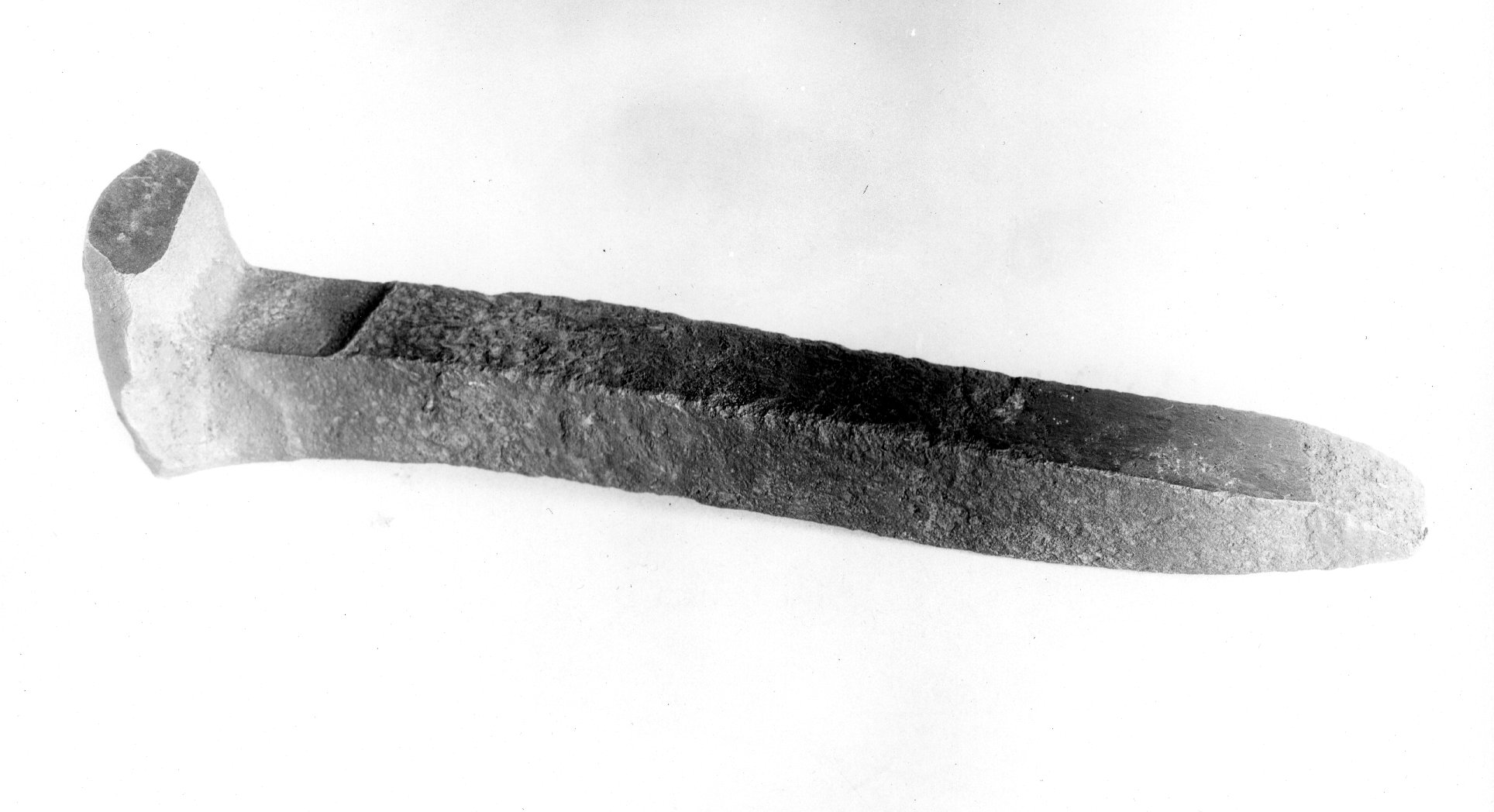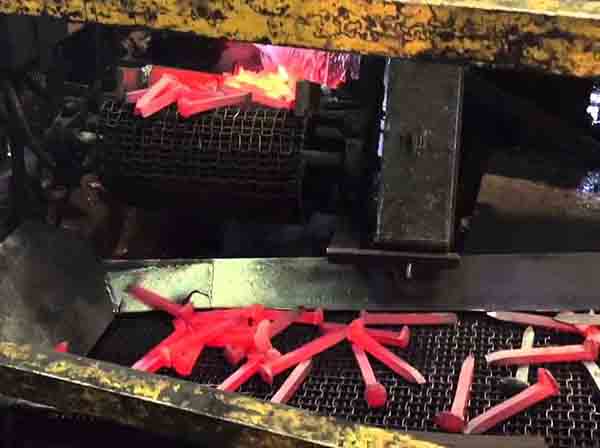

Understanding the Material and Dimensions of Railroad Spikes The enduring legacy of railroad spikes reflects their engineering efficiency and cultural impact as a symbol of human achievement and technological advancement. Recently, they have been repurposed by artists and hobbyists for creative projects, connecting historical significance with a modern expression. Still used by most North American railroads, these spikes symbolize industrial progress and innovation.

Railroad spikes, dating back to the early 1830s, were invented by Robert Livingston Stevens to fasten rails to wooden ties. History and Significance of Railroad Spikes Get ready to embark on a creative journey that bridges the gap between the past and the present, all through the versatile and inspiring medium of railroad spikes. In this blog post, we’ll explore the most extraordinary and innovative ways to transform railroad spikes into art, tools, and home décor. Whether you’re a skilled blacksmith or just looking for a weekend project, these spikes offer endless possibilities. They’re a gateway to a world of artistic expression and functional design. From the rustic charm of a barn board coat rack to the elegance of a hand-forged knife, railroad spikes are more than just discarded metal. While both males and females feed on sugar or nectar throughout their lives, females require blood meals to nourish and develop their eggs.Holding a railroad spike, once a vital part of the railway system, is like holding a piece of history. Last year, district workers were still setting and checking traps until Thanksgiving.Īnd this year - where an abnormally snowy winter and a very rainy spring left more water across the landscape for mosquitoes to breed in - his staff estimated that there were five times as many mosquitos in May compared to the average year. The district used to historically shut down each year in mid-September, but that has gotten later and later. West Nile deaths have been reported this year in states including Texas and Colorado, and mosquitoes are thought to be the source of “locally acquired” malaria infections of people in Maryland, Florida and Texas.Īry Faraji, an entomologist and the executive director of the Salt Lake City mosquito abatement district, said monitoring shows the mosquito season starting earlier and lasting longer as the climate has warmed. Over roughly the last 25 years, nearly 3,000 deaths and more than 25,000 hospitalizations linked to West Nile were reported throughout the United States - most of them in August. But for some, it can cause vomiting, fever and in rare cases seizures or meningitis. Most humans who contract West Nile show no symptoms. Local agencies reported more than 1,100 cases of West Nile virus in 2022, according to the U.S. They are especially threatening to public health in Asia and Africa but are also closely monitored in the United States.


Mosquitoes can carry viruses including dengue, yellow fever, chikungunya and Zika. It’s one of the many mosquito control districts around the United States that seek to hold in check one of the world’s deadliest animals - one well-positioned to thrive as climate change fosters a warmer and wetter environment. Branham had volunteered to let the South American mosquitoes feed on her blood so they can produce eggs and maintain the colony for education and research at the lab in the Salt Lake City district.


 0 kommentar(er)
0 kommentar(er)
